Bringing back my ’87 Grand Wagoneer’s A/C, with a modern twist
When dealing with the consequences of making the questionable decision drive a decades-old automobile as a daily transportation, you learn to appreciate a few things. For one, original air conditioning systems from the ’60s, ’70s, and ’80s can be difficult to maintain and repair, with some models, particularly classic Porsches, possessing borderline utility even when brand-new. A reliable, consistent cool breeze in a classic sometimes demands a modern A/C system that plays nice with older platforms. And that can cost big money—but it doesn’t have to.
When I first picked up my 1987 Jeep Grand Wagoneer, it (surprisingly) still had ice-cold air conditioning blowing from the array of vents positioned at knee-level along the bottom of dashboard. Of course, when it came time to LS-swap the truck, I knew I’d be walking away from a well-tended factory system and into the sweltering arms of July and August heat, at least until I opened my wallet for a replacement A/C setup.
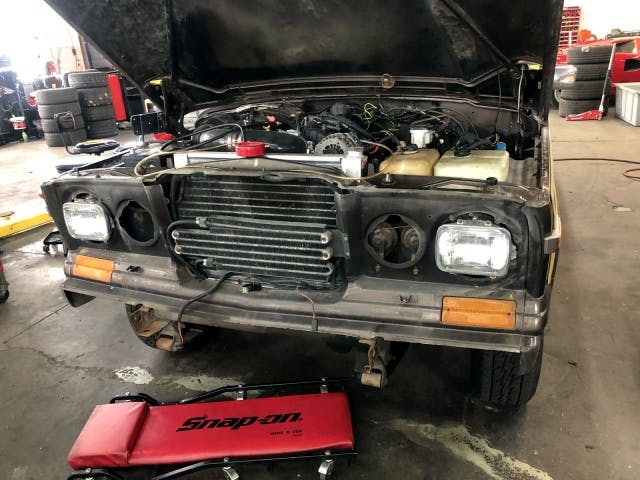
How much of a hit did said wallet suffer? A lot less than expected, to be sure. (In the two years or so of wrenching on my Grand Wagoneer swap, this was one of the many ways in which I was proven wrong.) After a little bit of research and a lot of community support, I discovered that the modern aftermarket climate control community is populated by motivated, clever people willing to get creative so you don’t have to drive around in a mobile oven every summer.
Inside-the-box thinking
The biggest name on the aftermarket A/C scene, at least for classic car owners, is Vintage Air. The company sells a variety of self-contained climate control systems intended as upgrades over the often-clunky designs of yesteryear.
There are two big draws when it comes to Vintage Air’s approach. First the company’s kits usually clean out all the oversized, awkward underhood hardware and plumbing from the original system, which is particularly appealing to hot rodders seeking a show-winning engine bay aesthetic. It also presents practical benefits for those who have shoehorned in a larger-than-stock motor and have no space left over for heater cores or bulky compressors.
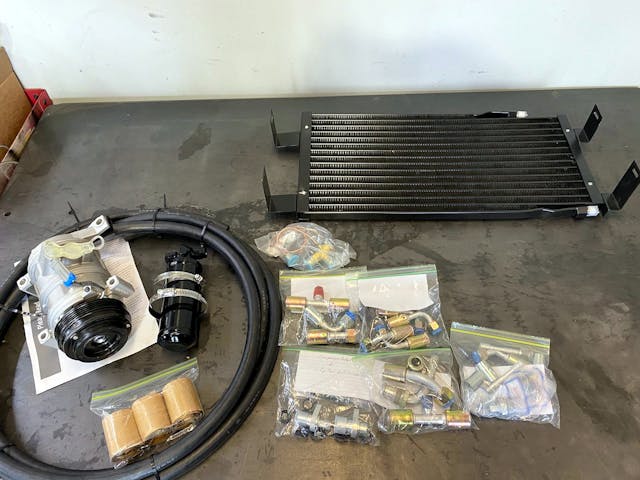
The second strength Vintage Air’s all-in-one solution (a strategy shared with number of other rivals) is that makes relatively short work of adding air conditioning to a vehicle that never had the option installed from new. Much of the hardware for these systems actually fits inside the cabin (typically underneath the dashboard), and they’re advertised as easy solutions that avoid the complexities associated with retrofitting a factory-type A/C setup.
Priced out
Once the LS swap on my Jeep was complete, I began to investigate my air conditioning options. The easiest solution, it seemed, was to purchase a bolt-in under-dash system similar to that which is described above. An example was readily available from BJ’s Off-Road, the most prominent purveyor of full-size Jeep parts in America. This setup replaces not just the air conditioning but also the heater and defrost, adding a dryer to the latter.
Wait, what? Yes, the factory climate system in the Grand Wagoneer actually separates the heater and defrost functions from the A/C, which means trying to get dry air on the windshield when driving in cool, wet weather is a serious hassle. (The Jeep’s knee-level vents are themselves an add-on to the standard factory setup, making use of a secondary, self-contained blower fan to channel air through its own ducting.)

Working against the BJ’s kit was its hefty price tag (nearly $2000) and its reliance on a set of non-factory controls for certain functionality. Then there were those in the Jeep community who maintained that, while the system worked as advertised, it wasn’t exactly plug-and-play in terms of fit, requiring some massaging and potentially fabrication work to properly mount. As much as possible, I wanted to retain the factory controls and avoid extensive modification.

Why not both?
With those caveats in mind, and given that I already had a fully-functional heater core setup and decent room under the hood, I started to wonder if there was any way to bridge the LS world with the factory Jeep components—some sort of hybrid system.
It quickly became clear that trying to use a Grand Wagoneer compressor and condenser with the new motor would be … frustrating, to say the least. Further research, however, revealed that going the opposite route—using an LS compressor/condenser linked to the Jeep’s original under-dash vents—could be a winning strategy.
I knew it was possible because there was a member of the full-size Jeep community, named Chris Jilge, who put together a kit that bundled the condenser, dryer, pressure switch, brackets, hoses, fittings, and wiring information to make exactly this adaptation possible. Not only was it affordable, but he could tailor the kit to fit any specific LS V-8. Using underhood photos of the swap, he could even custom-fit the hoses and recommend the correct compressor.
I got in touch with Chris and found him incredibly knowledgeable about air conditioning systems as well as classic Jeeps. On top of that, he could not have been friendlier or more willing to answer any and all questions from an A/C newbie like me. From afar, he patiently directed my camera at the areas of the engine bay he needed to see and then designed a kit for me that was priced at about $500—a quarter of what an all-in-one climate system would run me. He also recommended that I replace the compressor that had come with my motor—wise, given its somewhat sketchy provenance—which added another $175 to the cost. All told, the kit and compressor together cost just over $700, with the carry-over components from my Grand Wagoneer including the A/C fan, ducting, and evaporator.
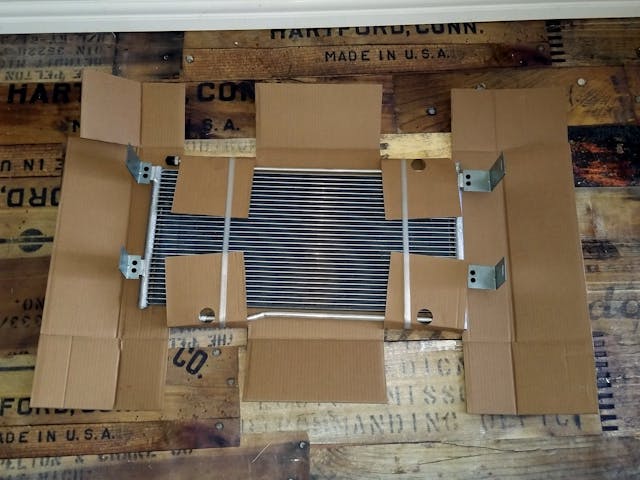
Straightforward installation … relatively speaking
With the Canadian border briefly open in the fall of 2021, I was able to pick up the kit at my U.S. P.O. box and bring it home to Montreal, where it slumbered in my basement over the course of the winter while the Jeep was in storage. The following spring, I reached out to Mr. Jilge and he let me know that at any time during the installation he was available as a resource to me or my mechanic, Andrew Grubb at AGM Performance (who had bravely suffered the slings and arrows of the original swap with customary good humor).
As with all things in my Jeep timeline, the air conditioning install was straightforward. Until it wasn’t.
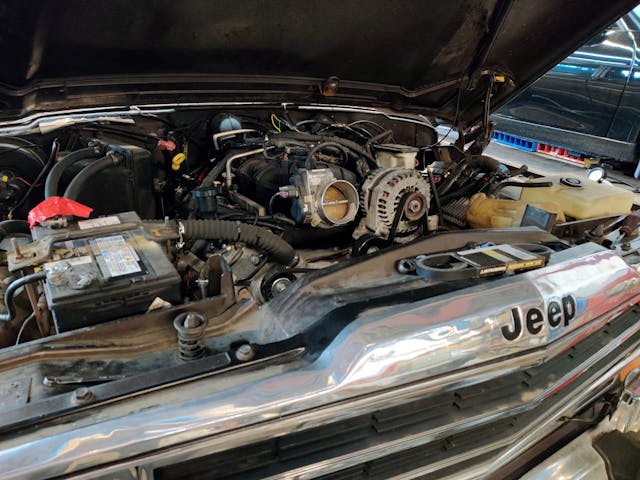
There was a hose fitting or two that we had a hard time finding locally and in the right size, but Chris proved able to source us replacements from the south side of the border. It turned out, too, that a T-switch had been incorrectly shipped to us by a third-party supplier, leading to even more down time while we waiting for a new one to be delivered. During all of this, Mr. Jilge made himself incredibly accessible to both myself and the shop, answering questions over the phone and online and putting in a fair amount of legwork to make sure we had all the parts we needed.
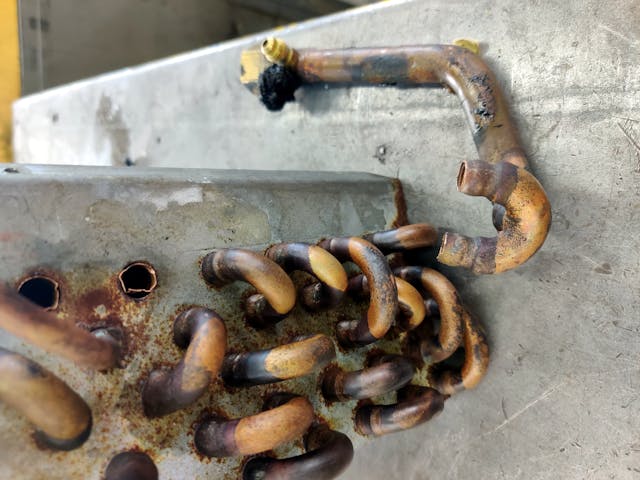
We encountered two more unexpected hurdles during the A/C installation. Remember that “original” evaporator that I planned to retain? It was certainly factory in origin, but it was far from factory-fresh. Held in place by a pair of 45-degree fittings, the unit had corroded internally to the point where it snapped at those connection a few hours after they were attached, something that wasn’t revealed until the system was filled with R-134a refrigerant for the first time. This failure necessitated a replacement evaporator ($195), sourced from BJ’s Off-Road; we went that route (rather than using a generic unit) due to the unit’s unique position and number of fittings themselves.
Then came the next obstacle: the LS motor’s ECU was blind to the air conditioning system’s state of operation, given the non-computerized, fully mechanical nature of the setup. The consequence of this lack of communication was that the engine’s electric fan didn’t know to come on with the compressor’s extra burden on the engine, so temperatures were rising more quickly than expected and the fans were playing catch-up. An on-the-spot hardwired switch from AGM, that links the A/C blower to the fan, did the trick.
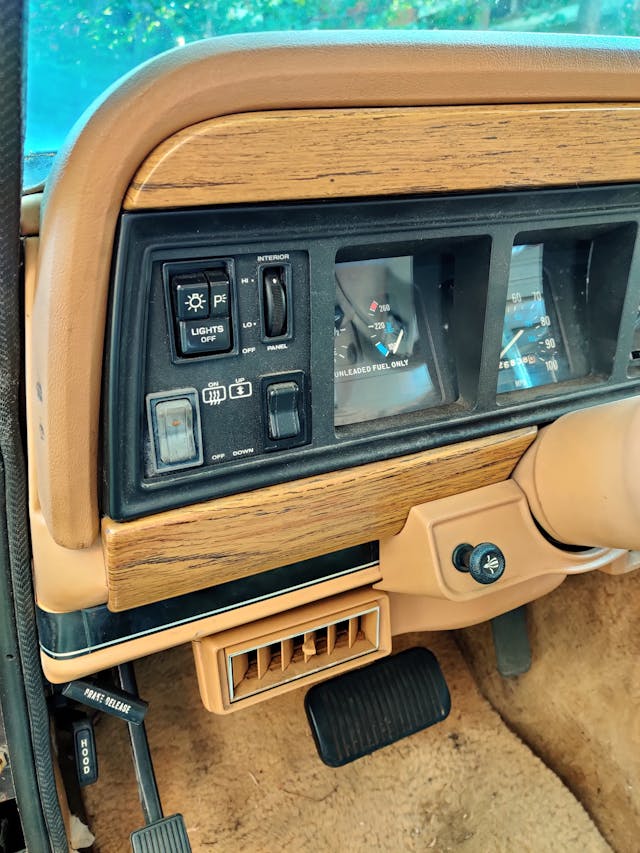
(Finally) chilling out
It’s been just over a week since my new air conditioning system landed in my Grand Wagoneer, which means I can once again lay claim to a fun title: Coolest Knees in Town. The A/C has so far performed flawlessly in the brutal 90-degree weather that has hit Montreal this summer, allowing me to keep the windows up on the highway. I don’t miss having to shout at my passengers in a losing battle against wind noise.
Overall, I’m happy with my decision to marry components of these two “stock” climate systems—GM’s LS compressor, dryer, and condenser with AMC’s evaporator, blower, and vents—rather than pay the considerable tab for an all-in-one unit. Even with the unexpected cost of the evaporator replacement, parts ran me just over half of the BJ’s unit, or roughly similar to the Vintage Air Gen IV kit that fits the Grand Wagoneer (which further requires the purchase of vents and other components to complete the installation). Labor for the entire process was quite reasonable: roughly $445 (plus an unexpected $350 to replace the broken evaporator, and then re-fill the system). Altogether, thanks to Chris Jilge’s expertise, a solid parts kit, and patience on the part of AGM, parts and labor came to $1700.

The whole experience provided me with a glimpse into the sheer variety and volume of resources available from the online communities that have sprung up to support even the most obscure collectible autos. Chances are, if there’s a project you have in mind, no matter how unusual, there’s someone out there who’s already pulled it off.
When it comes to keeping classics on the road, very few of us are able do it all on our own. And with so much experience available with a click or the mouse or a word over the phone, none of us have to. Stay cool, classic fans!

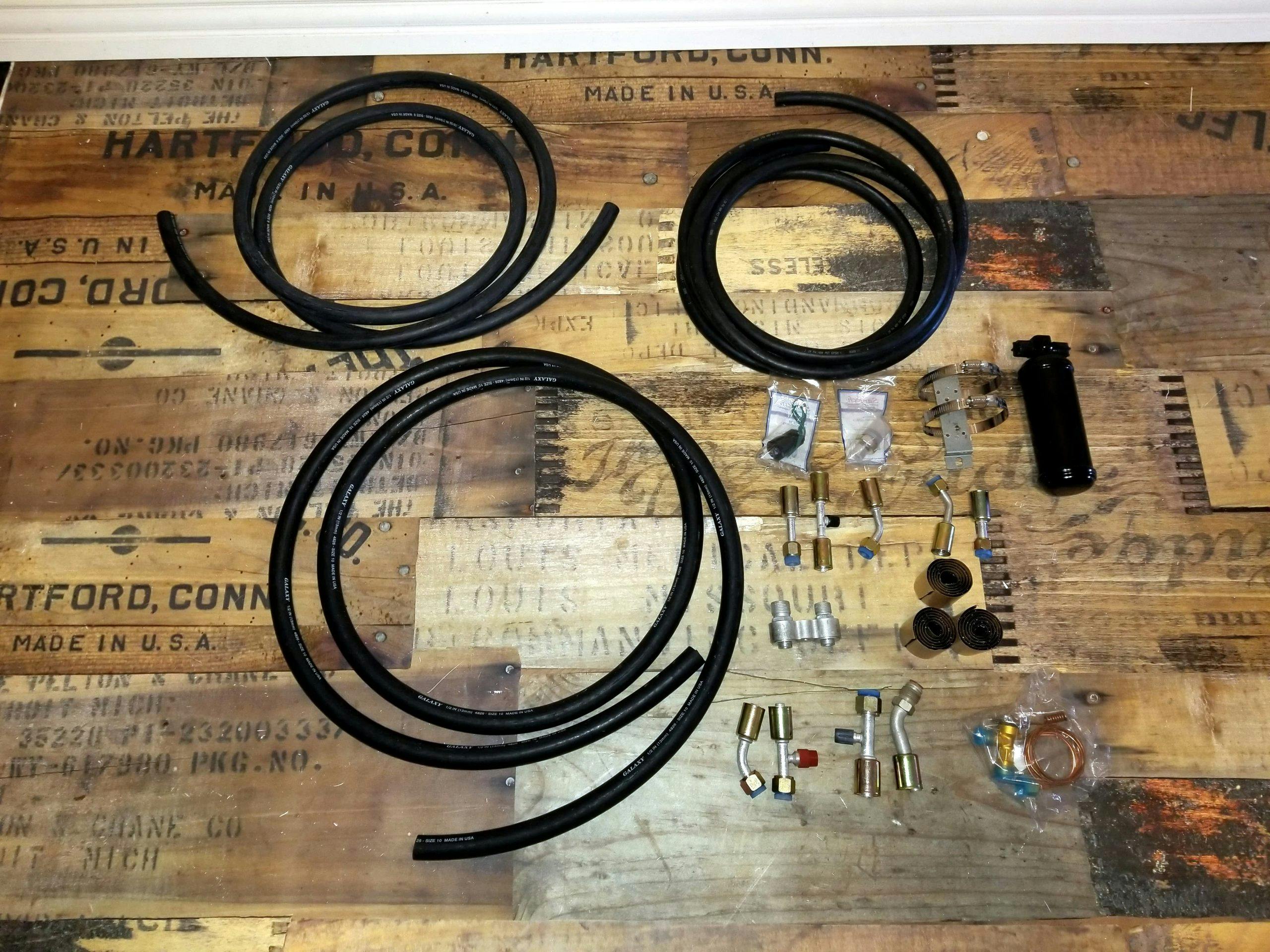

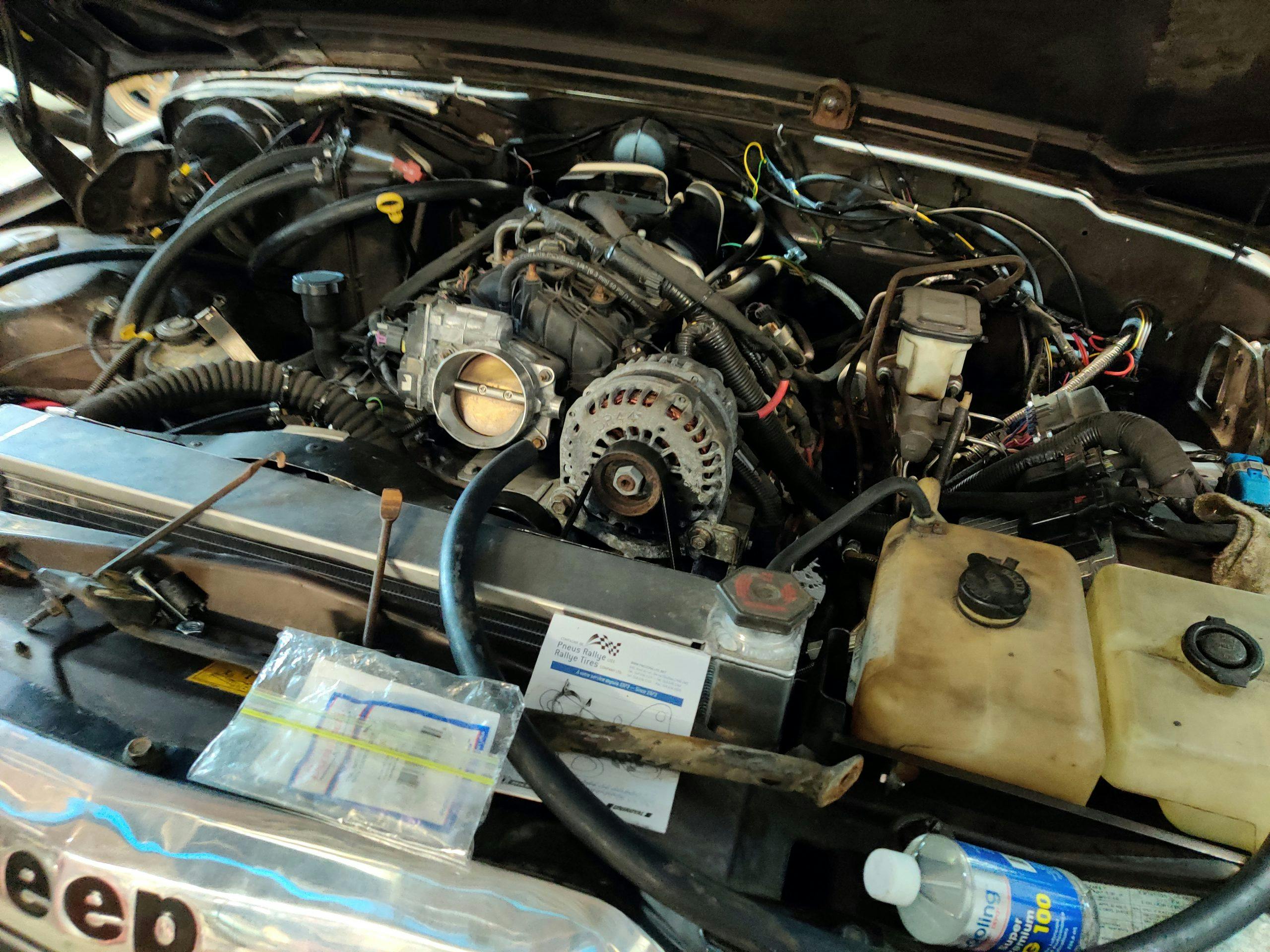
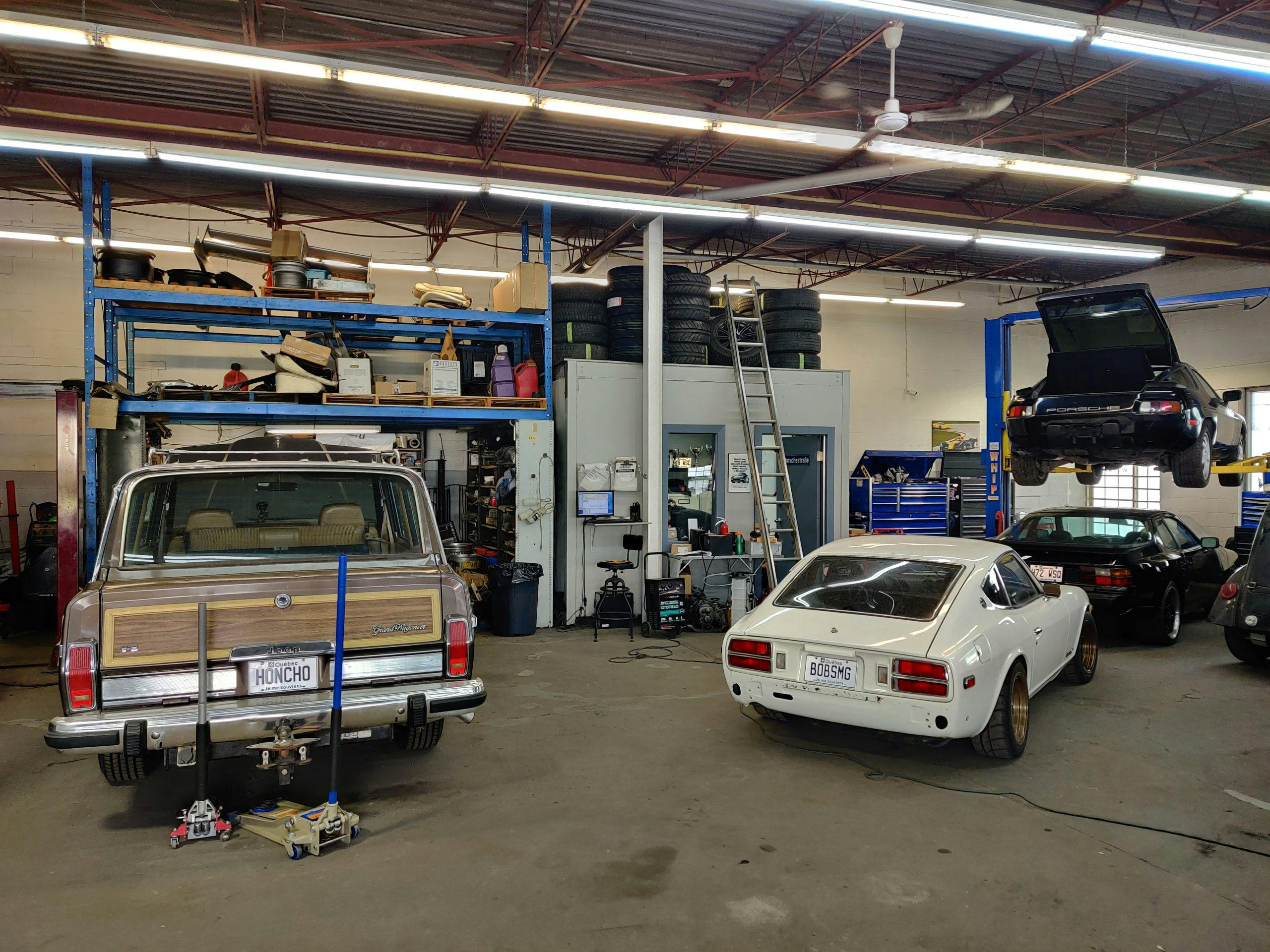
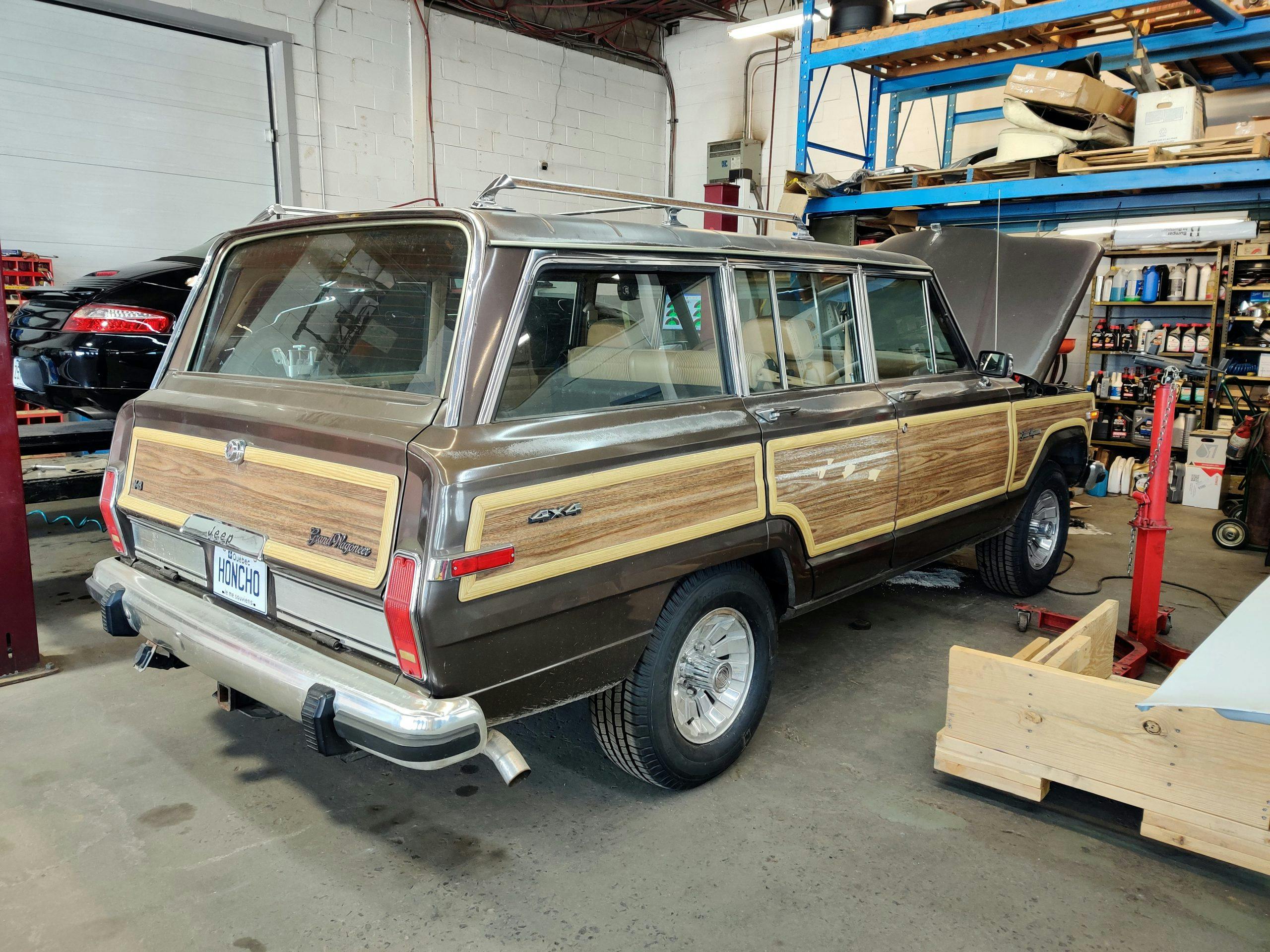
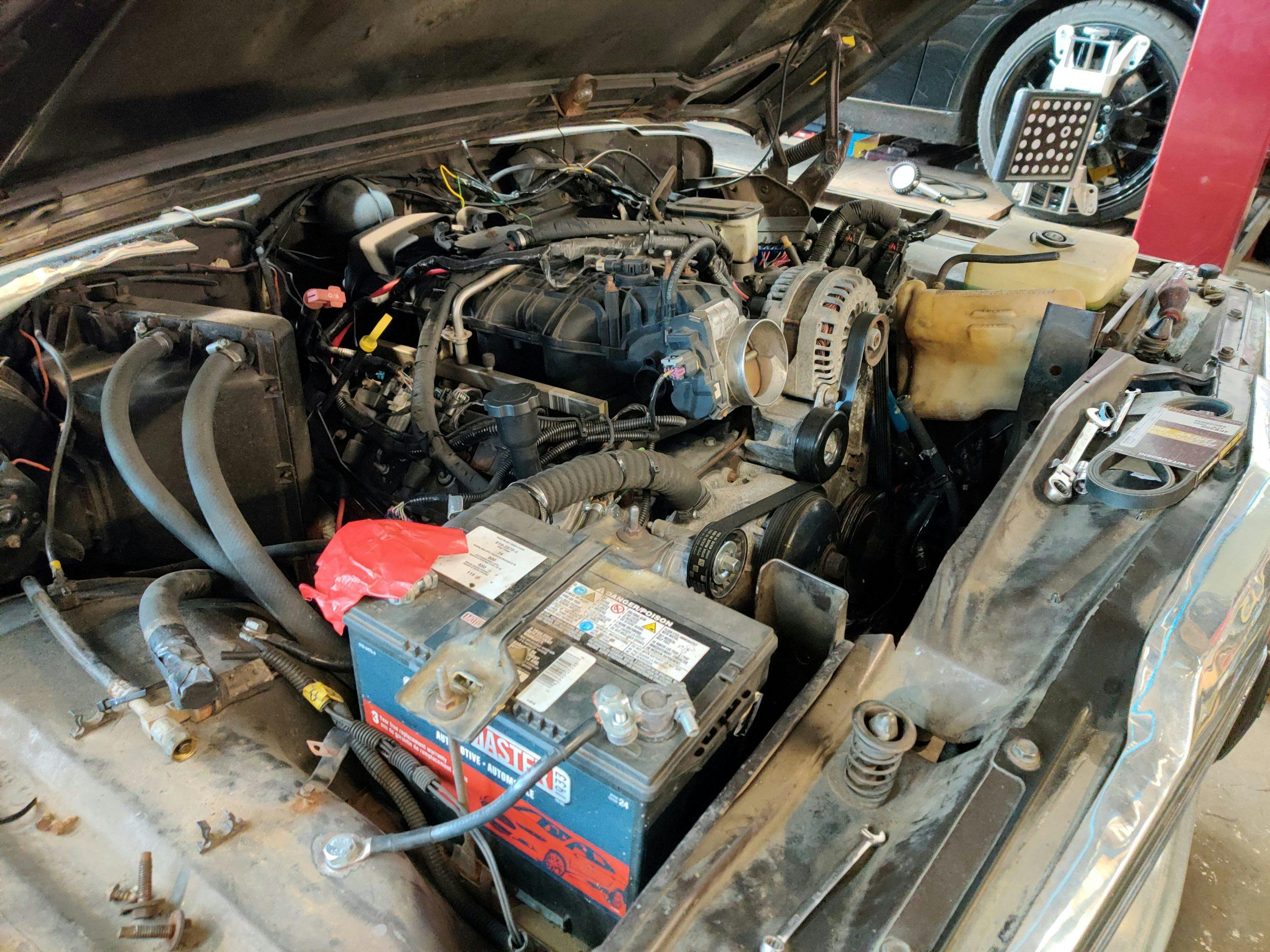
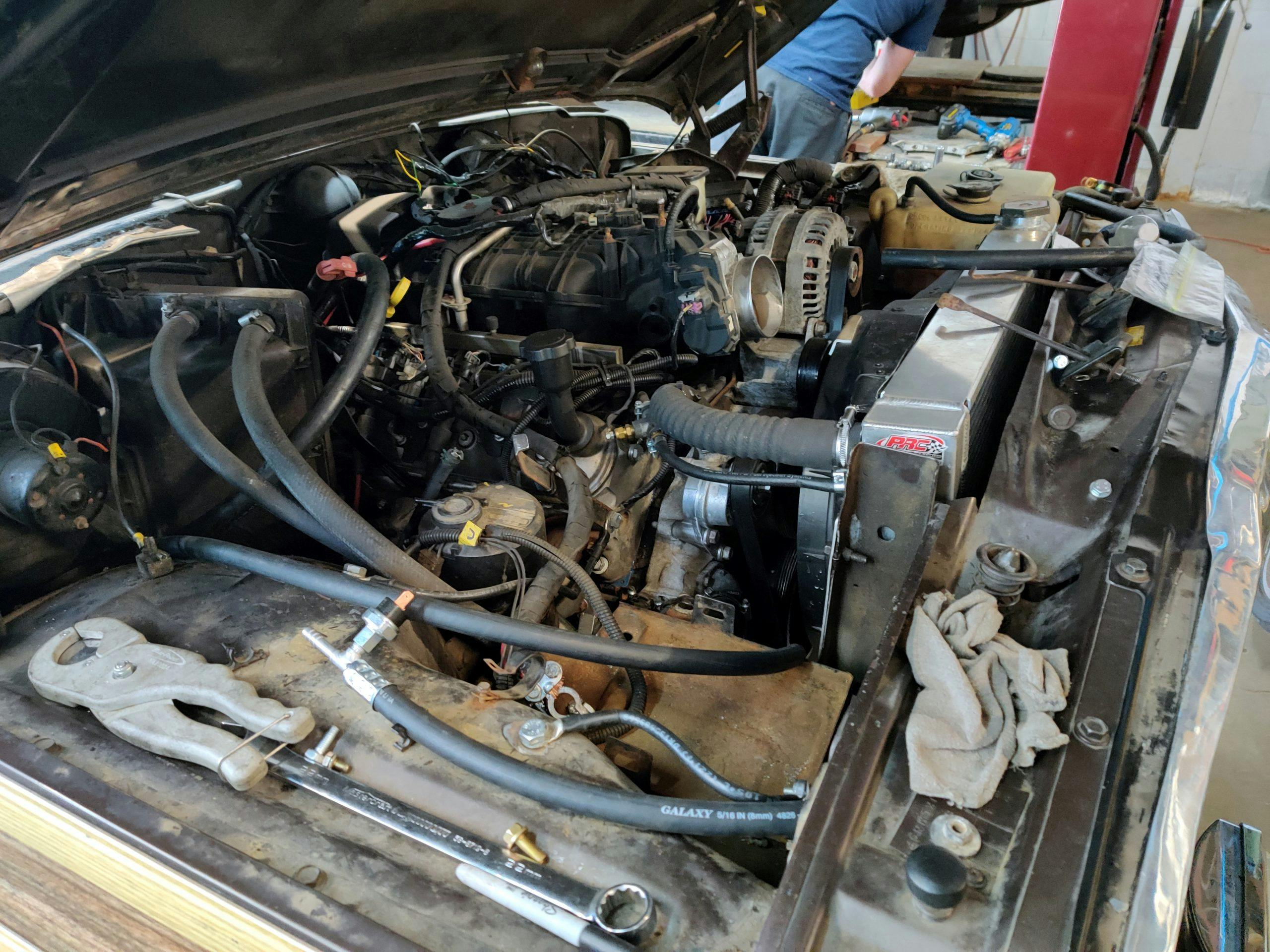


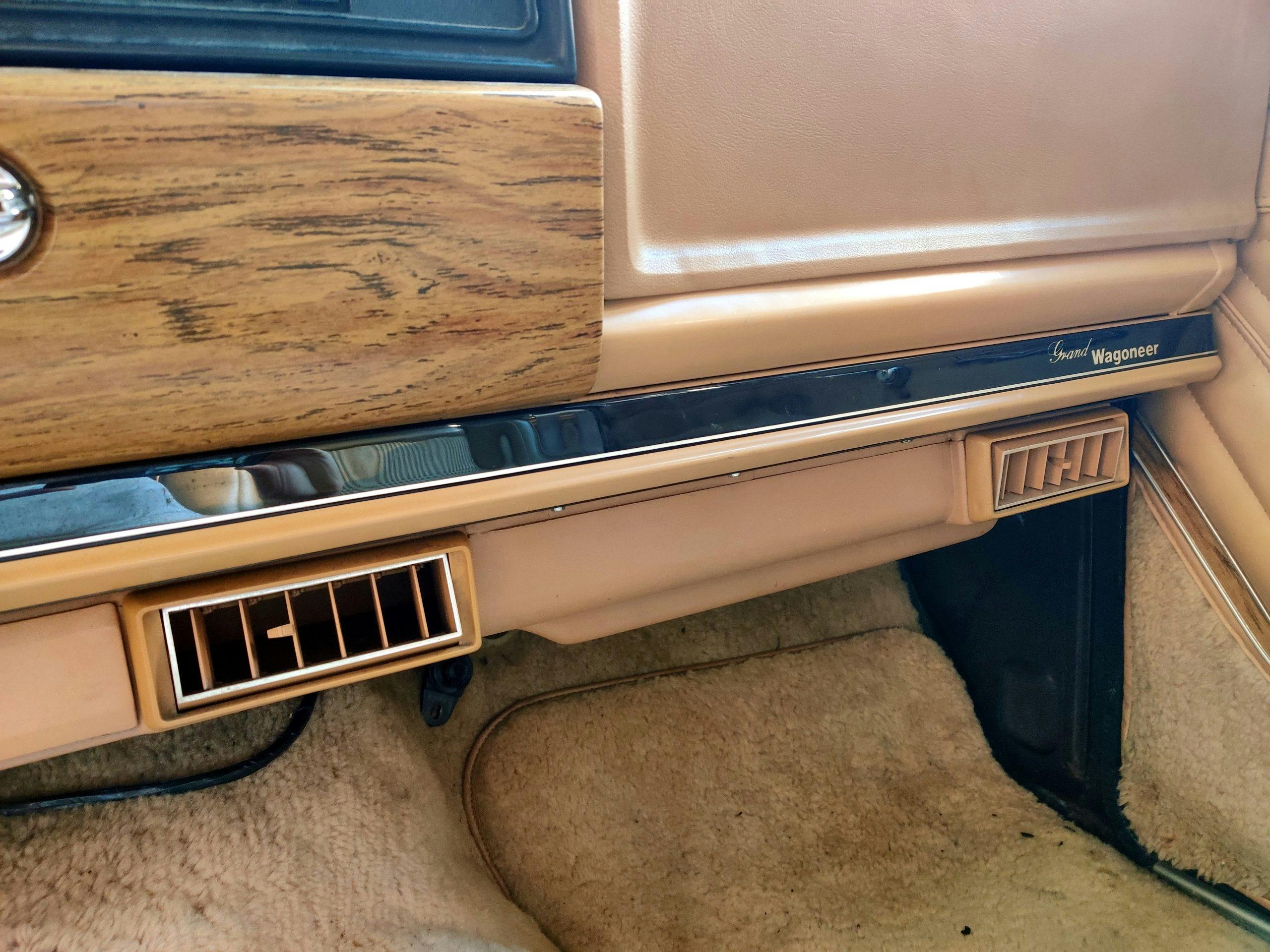
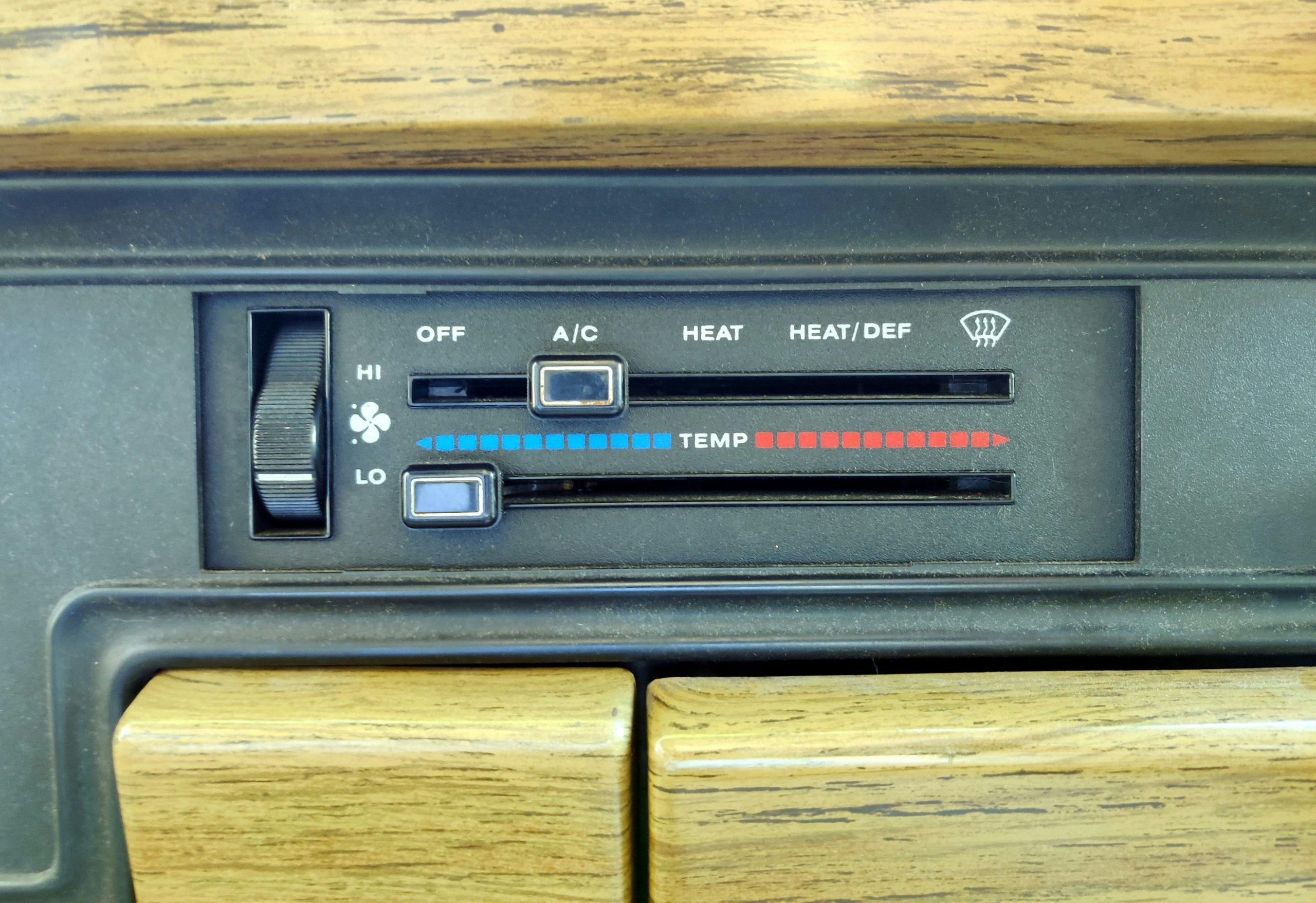


Is Mr Jilge still operating? If so how do I reach him?